Underwater navigation and autonomy remain technological hurdles
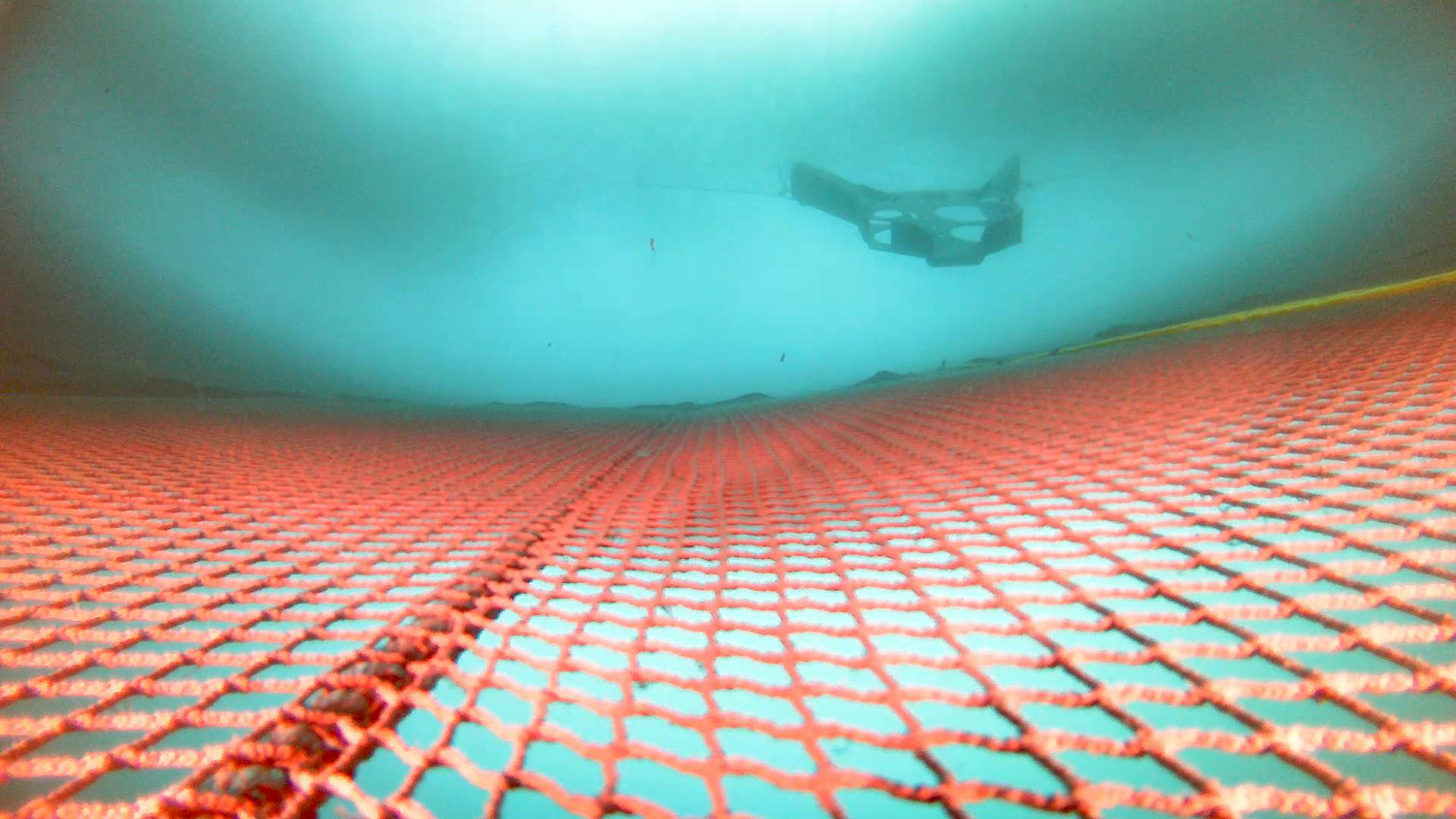
Eight years ago, Mikkel Pedersen was cleaning and inspecting fish pen nets for a Norwegian aquaculture company, a task that got him thinking about robotics and automation.
“I figured this job is not for a person – it should be a machine that does it,” he said. “The work is repetitive, and you have to do it for hours. It’s the perfect task for a machine.”
Pedersen soon resigned and spent the next few years seeking investors and a team to develop Probotic – a company whose autonomous, robotic underwater drones (or Probots) clean aquaculture pen nets, such as Norway’s abundant salmon farms, continuously and without risk of human injury.
“They work like a robotic vacuum, thrusting themselves towards the net and sliding in a circular motion before they descend deeper,” he said. “And they’re there all day long, keeping the nets clean, doing preventative maintenance.”
Pedersen said that before robotic cleaning of nets was a possibility, farmers used high pressure cleaning to remove the biofouling that accumulates on the nets. That process would release biofouling into the water, where it would get flushed through fish gills, causing fish stress and mortality.
“The drones keep the net clean constantly, preventing the biofouling from accumulating, so the need for high pressure cleaning becomes obsolete,” he said.
With 10 drones working on different sites, Probotic is still in its infancy and is busy scaling up. For now, farmers rent the drones for around 30,000 krona (U.S. $2,800) per month, and Probotic’s team monitors their movements around the net pens. In the future, Pedersen hopes to sell the drones as a complete solution that allows farmers to monitor the drones themselves. The company is also testing a camera system that will allow the drones to inspect the nets while they’re cleaning them, alerting farmers to any damage.
The rest of the robots
Probiotic is one of several Norwegian companies working on different technical approaches to net cleaning. Sveinung Johan Ohrem, research manager at SINTEF Ocean in Trondheim, said other companies doing work in this field include Remora Robotics, Aqua Robotics, Njord Aqua and Watbots.
“There’s not much collaboration between them right now, which would be of benefit to everyone because there are problems that all the companies share,” he said.
One such challenge is underwater navigation: “Underwater GPS is not the same as a surface GPS system, and you need costly equipment to know where you are. Also, because you have 200,000 fish interfering with the signal, the quality of your measurements can be off,” Ohrem said.
Increasing the level of autonomy of underwater robots, to get to a point where they can make decisions based on their perceptions in the environment, is another challenge.
“In general, that’s a challenge for surface and aerial robots, but it’s even more difficult underwater, with reduced availability of sensors, fish and structures moving and changing light, currents, turbidity and visibility,” Ohrem said, adding that in the next five years, more and more farmers will be using autonomous or semi-autonomous robot systems. “The spread will be in the width, not the depth. There will be progress towards fully autonomous robots, but these things take a lot of time to develop and then employ in the industry.”
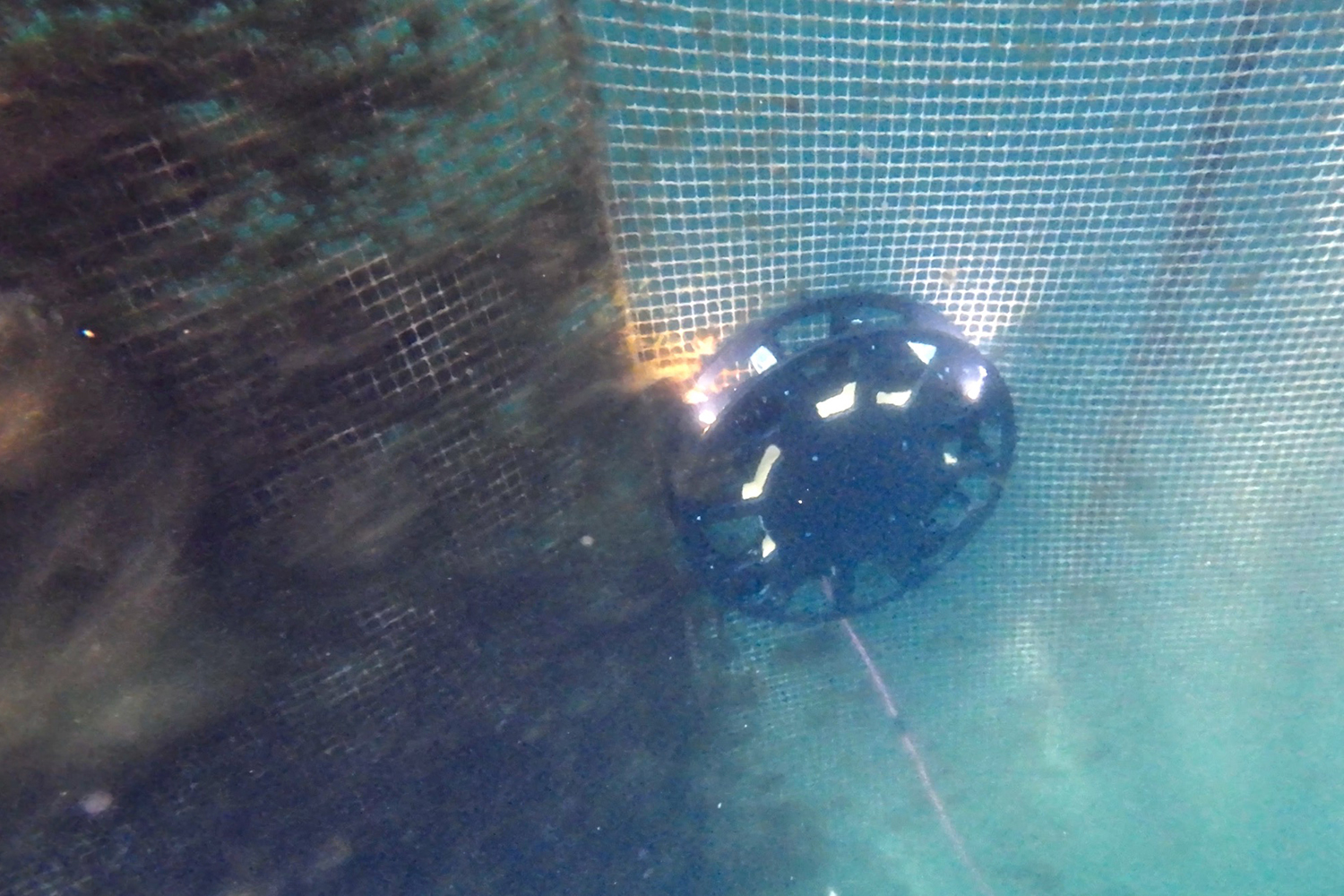
“Right now, robots are doing underwater intervention tasks in the oil and gas industry, but in aquaculture, they’re mostly being used to inspect, and there’s hardly any robotic intervention going on,” he continued. “Some service providers might have an arm on a robot capable of picking something up, but normally, you’d have to call in a diver if you detect something. As robotic autonomy improves, robots will be able to do more tasks underwater, such as repairs and intervention tasks, and that will be a true game-changer.”
SINTEF Ocean has conducted a couple of projects to evaluate robots’ safe interaction with fish but hasn’t found any firm answers yet.
“The size and color of the equipment seems to impact how fish react to a robot, and the age of a fish also has an impact, but we’re not sure if that impact is positive or negative,” Ohrem said.
These and other developments will simply take more time, he explained. “This is a big change in the industry, and it needs time to mature. On the research side we keep things at a controlled pace, because we know when you rush into things without doing the necessary research, you create new problems in the process.”
Now that you've reached the end of the article ...
… please consider supporting GSA’s mission to advance responsible seafood practices through education, advocacy and third-party assurances. The Advocate aims to document the evolution of responsible seafood practices and share the expansive knowledge of our vast network of contributors.
By becoming a Global Seafood Alliance member, you’re ensuring that all of the pre-competitive work we do through member benefits, resources and events can continue. Individual membership costs just $50 a year.
Not a GSA member? Join us.
Author
-

Lauren Kramer
Vancouver-based correspondent Lauren Kramer has written about the seafood industry for the past 15 years.
Tagged With
Related Posts
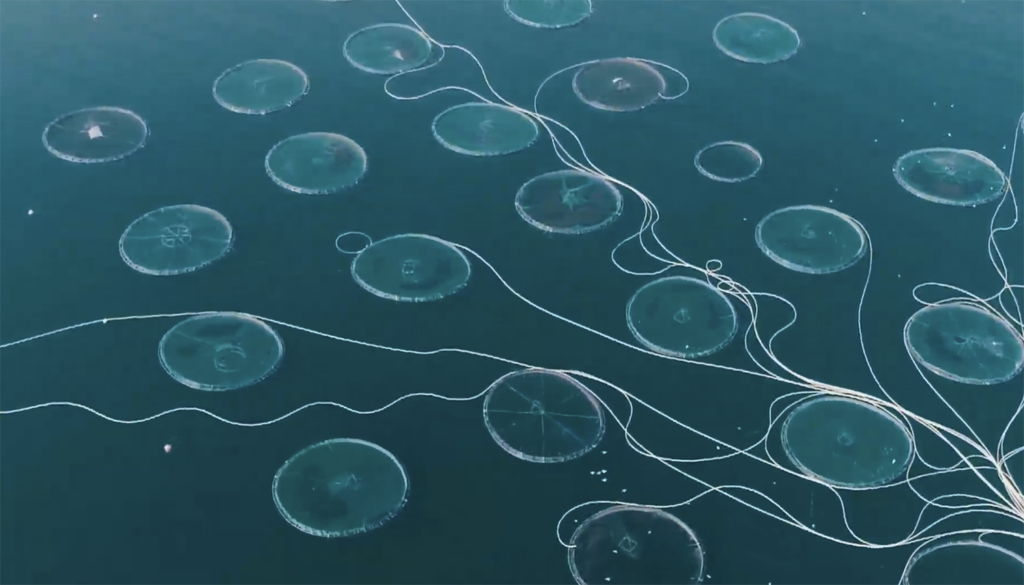
Innovation & Investment
Apps, AI and algae: Meet Hatch Blue’s fourth cohort
Hatch Blue’s fourth cohort performed their pitches online for the first time, showcasing a spectrum of aquaculture product and service businesses.
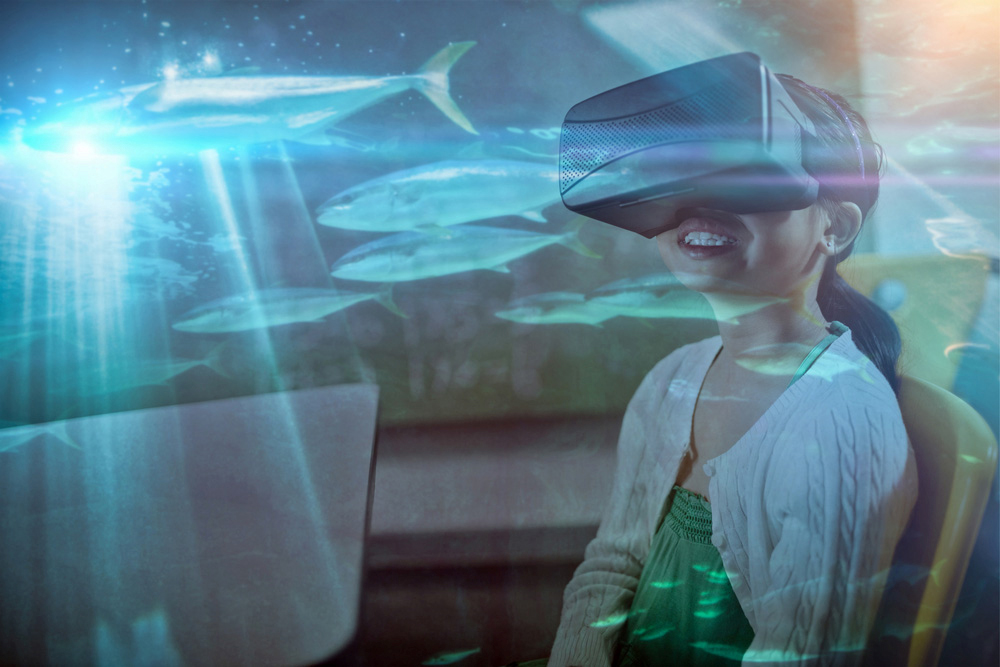
Innovation & Investment
Eight digital technologies disrupting aquaculture
Eight digital technologies are disrupting aquaculture and having a profound impact on the way business operates – even displacing some established ones.
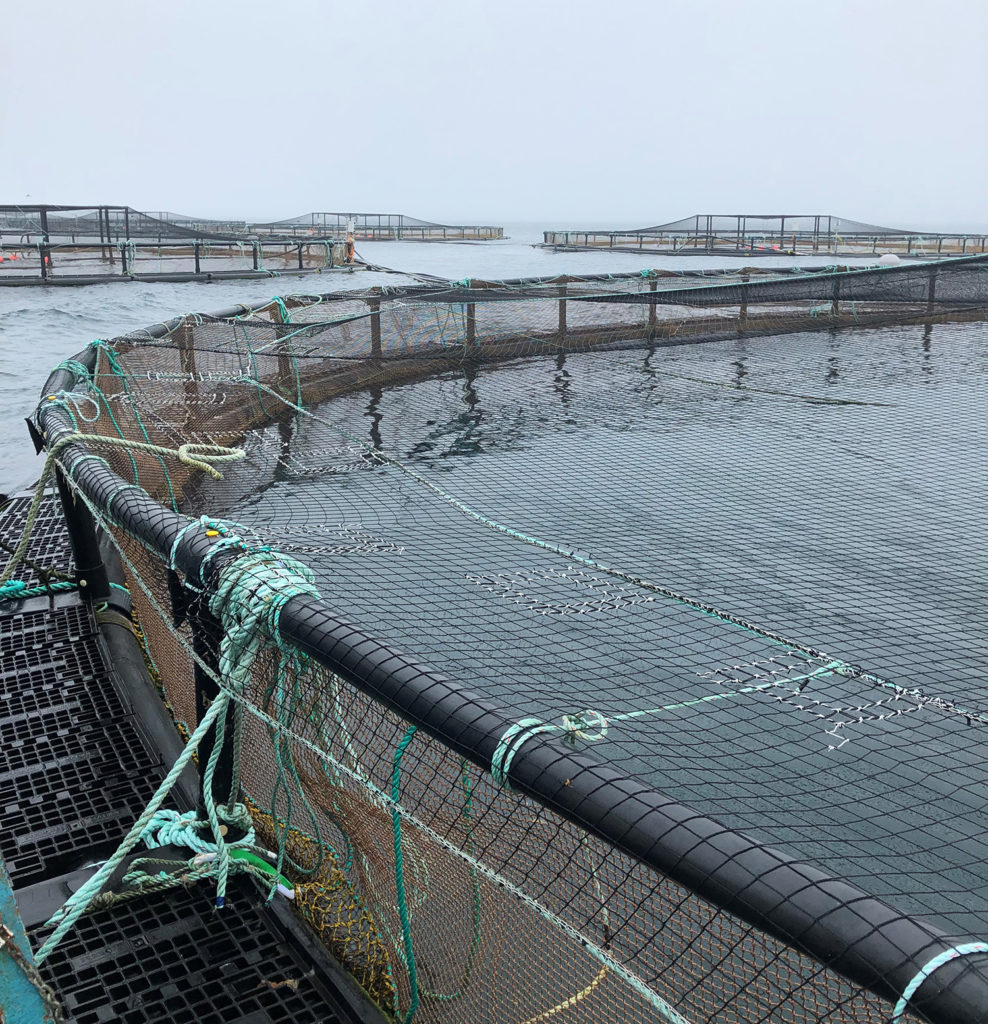
Innovation & Investment
Net gains in aquaculture net technology
The aquaculture industry is paying greater attention to net technology, in terms of materials and maintenance, because of its impact on the bottom line.
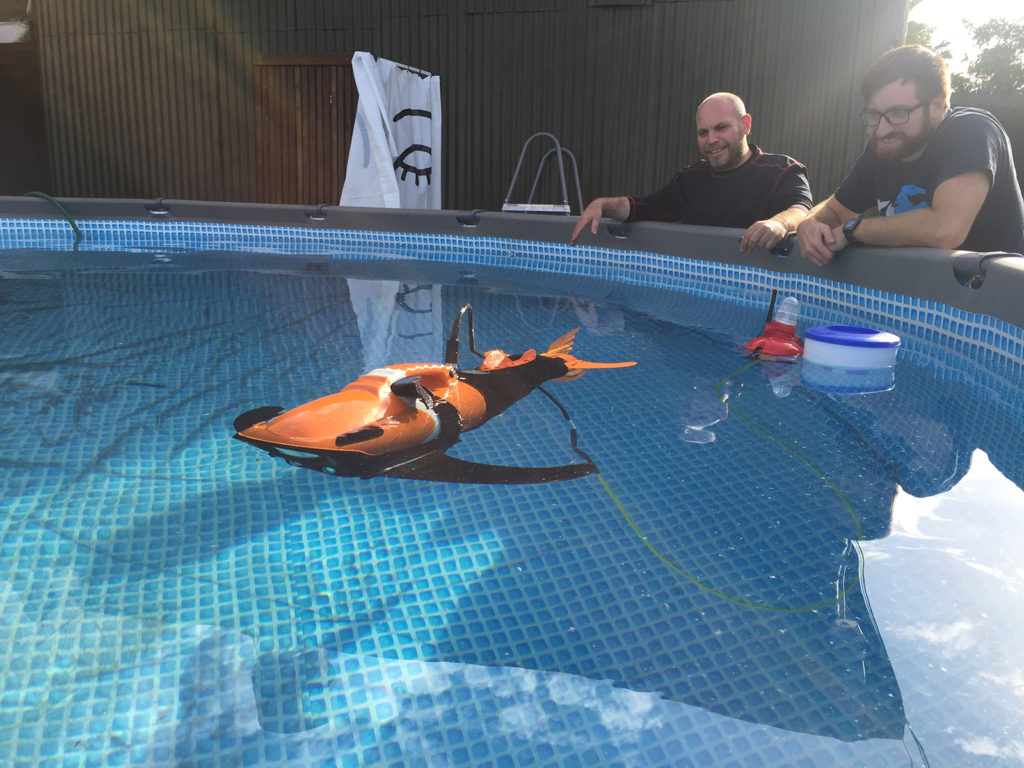
Innovation & Investment
Fish farmers turn to drones for health, feed monitoring
Two technology startups are offering unique fish-monitoring solutions for aquaculture producers. Using algorithms, drones and computer vision software, Aquaai and Aquabyte aim to take labor-intensive and error-prone tasks out of human hands.


